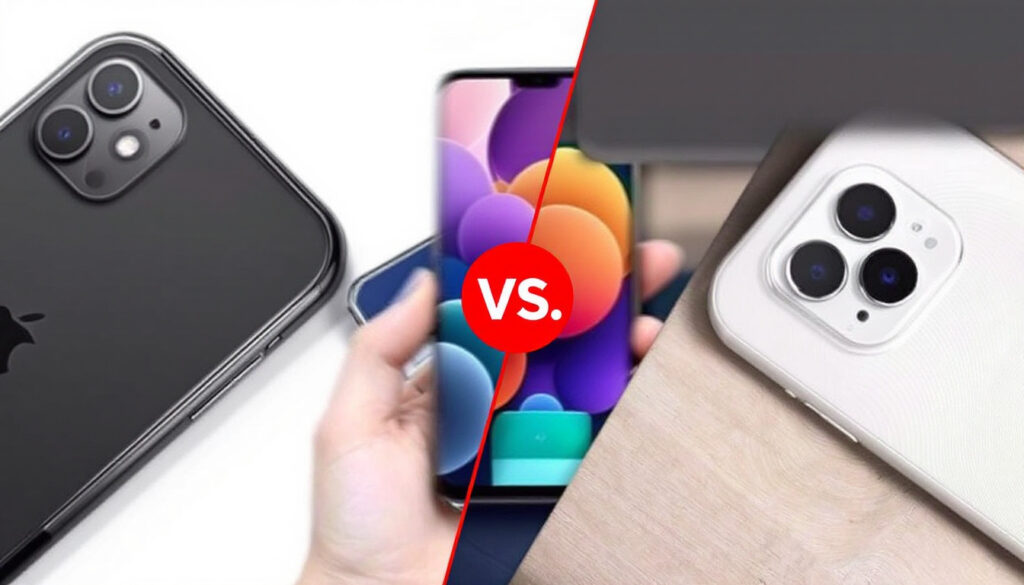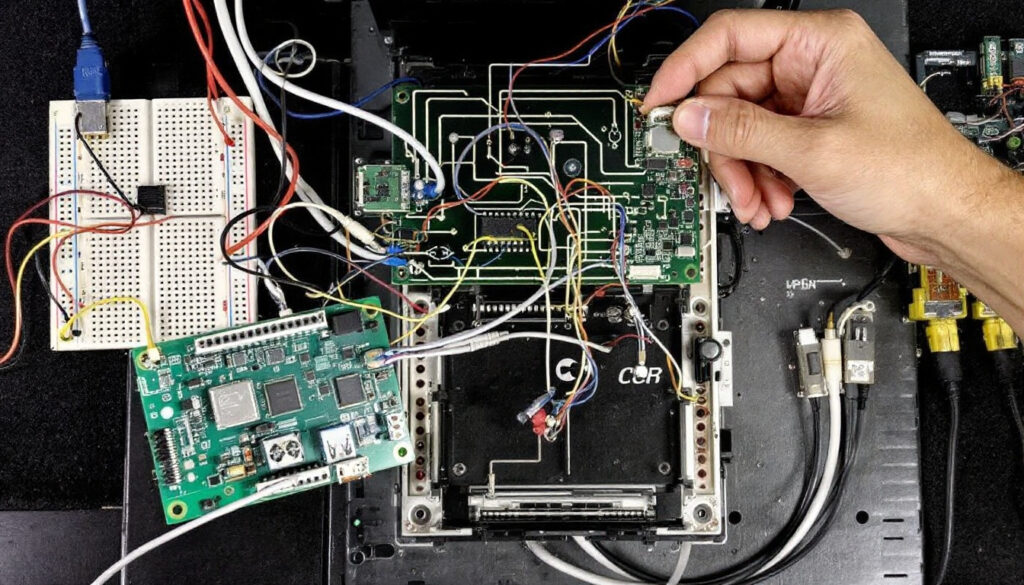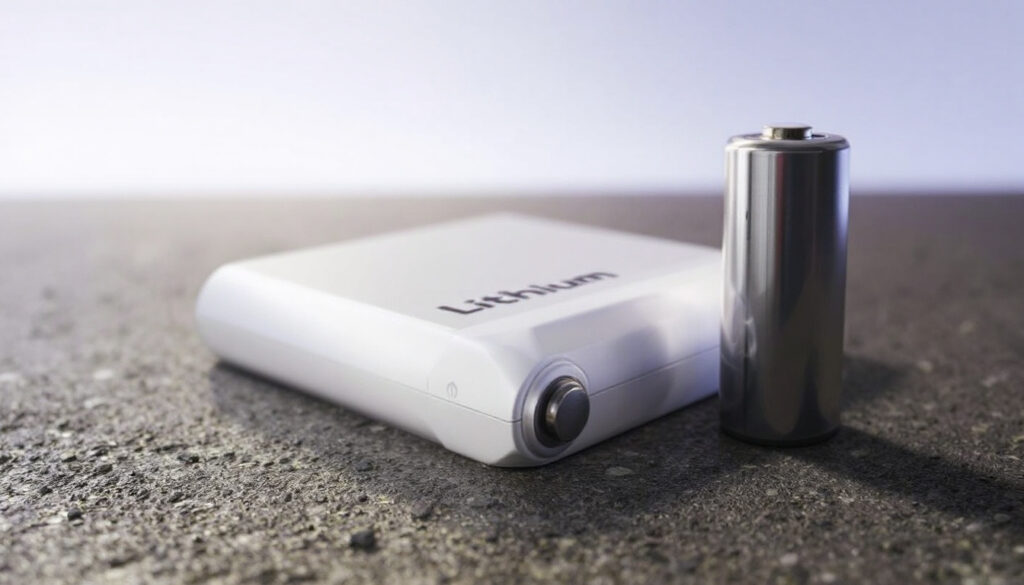Free Antivirus Scan and Removal: Effective Cleaning Apps for iPhone in 2025
Free Antivirus Scan and Removal: Effective Cleaning Apps for iPhone in 2025 Antivirus protection remains an essential part of safeguarding devices against malware and harmful software. Free antivirus solutions have grown in popularity as users search for practical ways to scan and clean their phones at no cost. The demand for reliable antivirus removal tools, particularly for iPhones, continues to increase as more threats target mobile devices. Choosing the right cleaning app can help users maintain system performance while preventing unwanted intrusions. Effective antivirus scanning helps identify vulnerabilities, reduces privacy risks, and keeps personal data secure. For iPhone owners, trusted applications and removal options are critical to ongoing device protection. Do You Really Need an Antivirus for iPhone? The question of antivirus necessity on iPhone surfaces often, especially as digital threats continue to grow. Apple’s approach to security is distinct and may shape user expectations. To address this, it’s important to consider both the device’s built-in protections and scenarios where extra security apps could provide real benefits. Photo by cottonbro studio iPhone Security Architecture: Built-In Protections Apple has designed iOS with layered security in mind. Core features help keep devices resistant to most forms of malware: Apple has publicly stated that most users do not need an antivirus app. As explained in Apple’s official support community, third-party cleaners or optimizers rarely improve security or device performance on iOS devices. For more detail, review the community discussion at Apple Support: “Do I need Antivirus protection for my iPhone?” Common Misconceptions: Myths About iPhone Viruses Some believe that any connected device must be vulnerable to traditional viruses or malware. However, due to Apple’s restrictions, iOS apps cannot scan other apps or the operating system. Claims of virus scanning or removal by iPhone antivirus apps can be misleading. Instead, most of these apps focus on: According to expert sources, traditional viruses—where malware replicates and spreads—are unlikely on iOS due to sandboxing and app review. As further pointed out in a Tech Advisor article, iPhones and iPads benefit from a security model that leaves little room for classic malware by restricting app behavior. When Antivirus Apps May Add Value While the chance of iOS malware is low, antivirus or security apps can offer supplemental features in certain conditions, such as: For more information about what security apps can provide, reference the guidance from McAfee on “Does an iPhone Need Antivirus Software?”. Limitations of Security Apps on iPhone Currently, Apple restricts antivirus apps from scanning the device for viruses or removing malware. These apps cannot access the iOS core or scan installed apps in the way antivirus tools can on other platforms. As such, malware removal and deep system scans are not possible under iOS design. Instead, security tools focus on prevention and safe usage. Summary Table: iOS Security Features vs. Antivirus App Offerings Feature Built-In with iOS Antivirus App Supplement Malware Scanning Yes (App Store) Limited (no deep scans) System Sandboxing Yes N/A Phishing/Safe Browsing Alerts No Yes Data Breach Notifications No Yes Network Security Alerts No Yes Device Clean-Up Tools N/A Rare, not needed Understanding these details helps users make informed choices about iPhone security. For deeper discussion on protecting devices or using tools to safeguard your privacy, explore additional resources on the site. How Free Antivirus Scans Work Free antivirus apps provide a first layer of defense against malware and unwanted software. These tools use a mix of detection methods and rely on up-to-date threat databases. When you initiate a scan or decide to use always-on monitoring, the app inspects files, apps, and sometimes network activities, looking for suspicious behavior or code. Cloud-based scanning and behavioral analysis have become common, improving detection even for new threats. However, these tools have notable limits, especially within controlled systems like iOS. Types of Scans: Quick vs Full Photo by Mikhail Nilov Free antivirus apps typically offer two primary scan types: Cloud-based scanning sometimes supplements both scan types, letting the app check suspicious files against databases maintained on remote servers. This approach helps identify new or rare malware strains that local databases might miss, as outlined in this overview from Security.org on how antivirus works. Real-Time Protection Some free antivirus apps provide real-time protection. This feature means the software actively monitors activity on your device rather than waiting for a manual scan. Real-time monitoring can block threats before they cause harm. In contrast: For iPhone and similar mobile platforms, real-time monitoring may be more limited due to system restrictions. On desktop systems, the real-time layer can protect against downloads, attachments, or unexpected changes to system files. The approach is detailed by the Cybersecurity & Infrastructure Security Agency (CISA), highlighting the benefit of blocking malicious actions before they spread. Privacy Considerations When using free antivirus scans, users should know what data the app may process. Many apps analyze file metadata, device details, app installations, and sometimes even network activity. For cloud-based scanning, files flagged as suspicious could be uploaded for further inspection. This means: Privacy-conscious users should check app permissions, privacy policies, and choose providers known for a strong privacy track record. Stick to established brands or those featured in recognized security evaluations, such as PCMag’s best free antivirus software for 2025. Review settings to opt out of data sharing where possible, and use software that clearly communicates what is analyzed or transmitted during scans. For further reading about staying safe and understanding device privacy settings, consider exploring guidance on device security best practices. Top Free Antivirus Cleaning Apps for iPhone A range of security apps for iPhone offer protective features at no cost, helping users address risks in real-time and maintain privacy. While limitations exist on iOS regarding traditional malware detection, reputable apps focus on phishing alerts, Wi-Fi safety, identity monitoring, and safe browsing tools. Below, we compare the most well-known free antivirus and cleaning apps for iPhone, highlighting their leading features and practical value. Avast Mobile Security: Features and Benefits Photo by Brett Jordan Avast Mobile Security for iOS is designed to help guard









